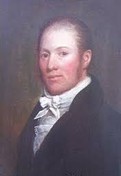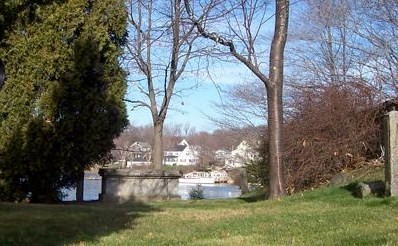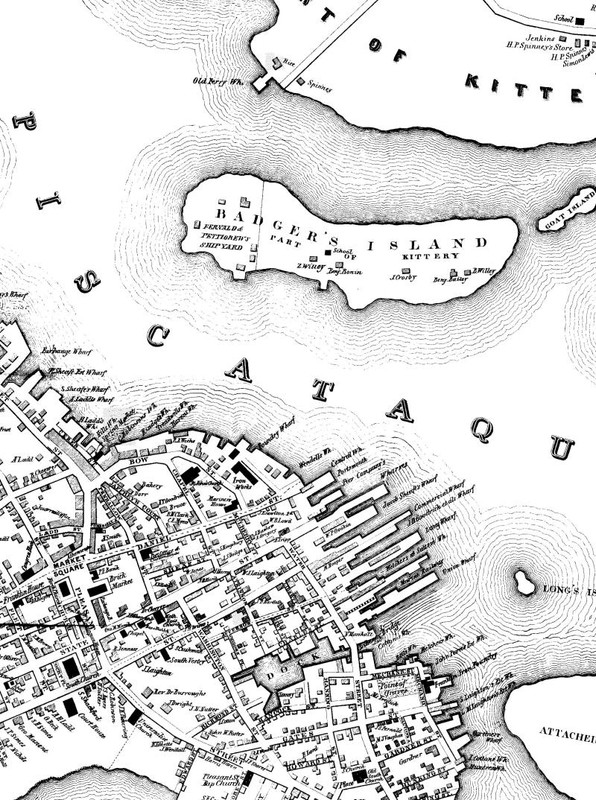William Badger Shipyard
Introduction
Text-to-speech Audio
Images
William Badger

William Badger Tomb on Badger Island

Map of Badger Island showing location of Fernald & Petigrew Shipyard (formerly Badger Shipyard).

Backstory and Context
Text-to-speech Audio
One of New Hampshire’s delegates to the Continental Congress returned to Portsmouth in order to oversee the construction of ships for the Continental Navy. John Langdon took charge and began a shipyard on an island across from Portsmouth, Rising Castle or Langdon’s Island as it became known. Langdon worked with Master Builder James Hackett to build the America. Among the other ships built on the island, was the Ranger John Paul Jones’ first command in the Continental Navy.2 It is here that William Badger becomes involved with shipbuilding on the island; he is listed as a shipwright on the Ranger. Badger worked for Hackett again on the frigates the USS Congress and the USS Cresent. In 1779, William Badger married a widow named Abigail Goodwin Beal. The couple has three children that survive and two that do not survive beyond six months of age.3
William Badger began his own shipbuilding business in South Newmarket sometime after 1788, but before his second marriage in 1797. Badger married Elizabeth Rice that year and in the process he acquired three acres on Langdon’s Island from her family. After moving both his family and his business to the island, Badger began to produce many ships in rapid succession. Records indicate that during this period his company, which included his brother Robert and his nephew Samuel, produced up to two ships a year. The company produced many types of ships including both Naval and merchant ships.4 William and Samuel Badger were hired by the Commodore Hull of the U.S. Navy to construct the 74 gun, but they were fired because of dissatisfaction with Samuel’s work. Commodore Hull later rehired William to build the USS Washington in 1814.5
William Badger built his one-hundredth ship, a whaler that named after him, sometime before he died in 1830. The ship was later purchased by the U.S. Navy and was as a southern blockade ship.6 William Badger left his estate to his son William Jr., who dies less than a year later. The Badger estate was auctioned off in 1832, being purchased by another shipbuilder. Fernald and Petigrew continued building ships at the Badger Island location.7 Langdon’s Island came to be, and is still called Badger Island. William Badger is buried on Badger Island.Cite This Entry
Sigmon, Lee. "William Badger Shipyard." Clio: Your Guide to History. September 30, 2016. Accessed August 14, 2025. https://theclio.com/entry/13497

